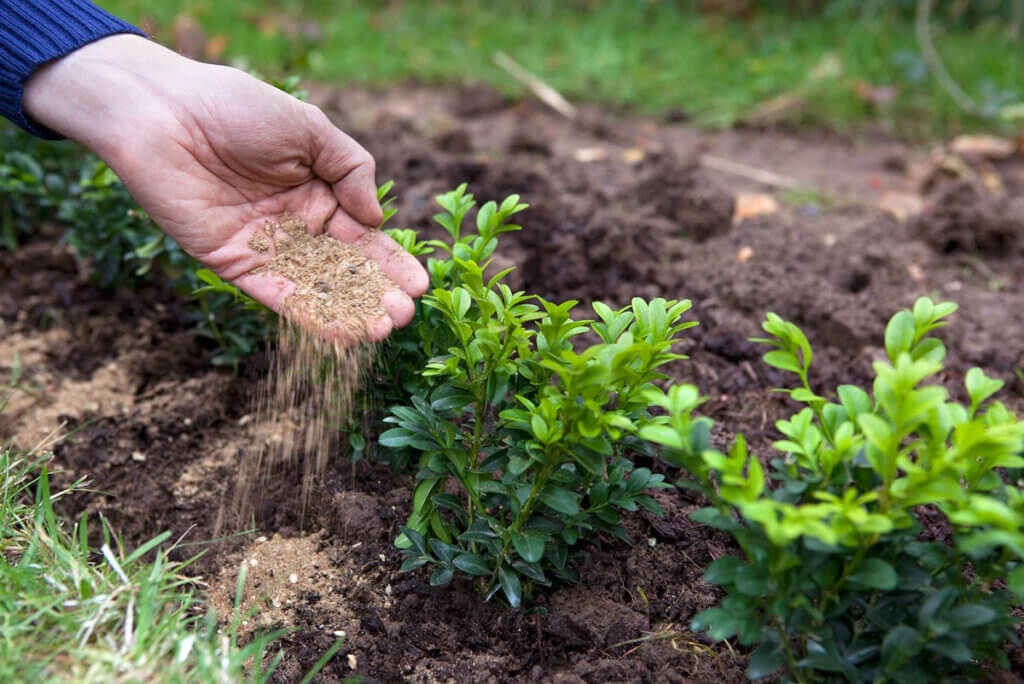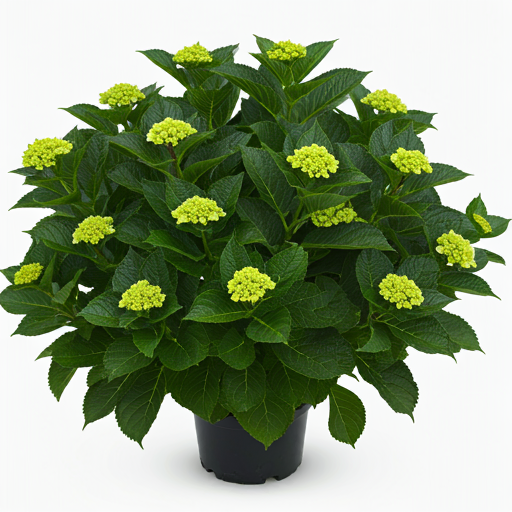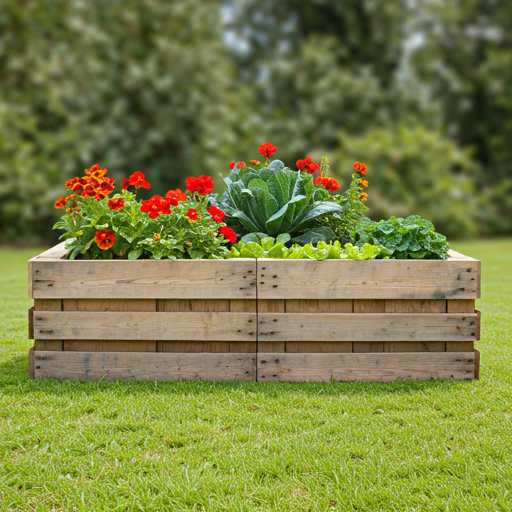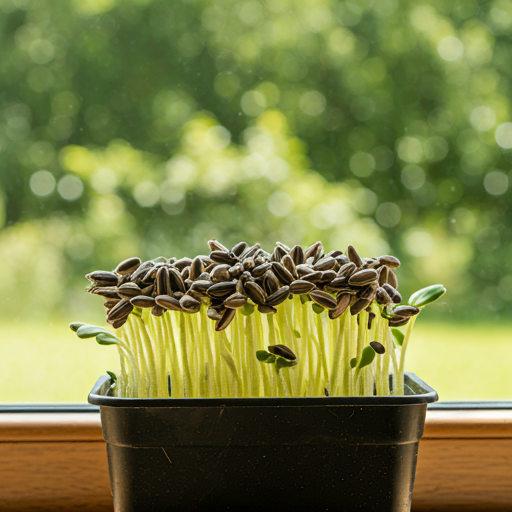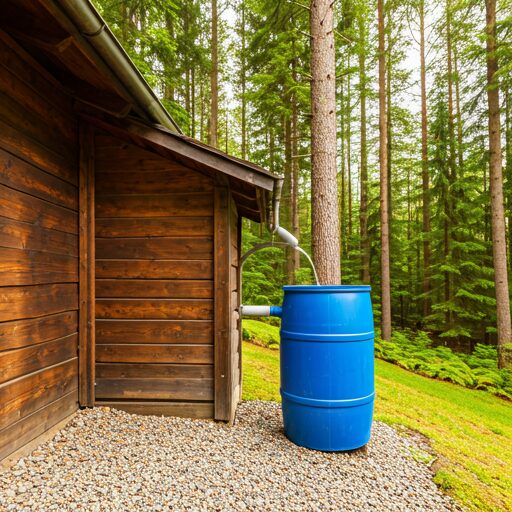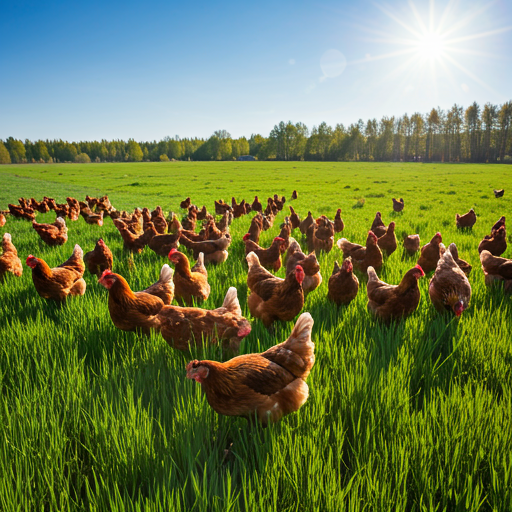The Ultimate Guide to Choosing the Right Gardening Gloves for Your Needs
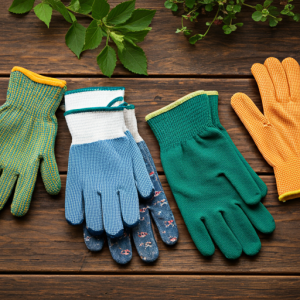
As a woman embarking on her homesteading journey, I know firsthand the importance of having the right tools for the job. And when it comes to gardening, there’s no tool more essential than a good pair of gloves. But with so many options available, how do you choose the right ones? Fear not, fellow homesteaders! This comprehensive guide will walk you through everything you need to know to find the perfect gloves for your gardening needs.
Why You Need Gardening Gloves
Gardening gloves are more than just a fashion statement. They offer a multitude of benefits that make your time in the garden safer, more enjoyable, and ultimately, more productive:
- Protection from Thorns and Prickles: Let’s face it, gardening often involves thorny bushes and prickly plants. Gloves provide a barrier to prevent scratches, punctures, and even infections.
- Improved Grip: Some gloves offer a textured grip that makes it easier to handle tools, pull weeds, and even dig in the soil.
- Protection from Dirt and Chemicals: Gardening often involves getting your hands dirty. Gloves keep your hands clean and prevent exposure to harmful chemicals you may be using.
- Protection from Sun and Weather: Prolonged exposure to the sun can damage your skin. Gloves can protect your hands from sunburn, windburn, and even cold weather.
- Reduced Blisters and Calluses: Repeatedly using tools or digging in the soil can lead to blisters and calluses. Gloves can cushion your hands and reduce friction.
- Increased Comfort: A good pair of gloves can make gardening more comfortable, allowing you to spend more time tending to your plants.
Types of Gardening Gloves
With so many options available, choosing the right gardening gloves can feel overwhelming. Here’s a breakdown of the most common types and their specific uses:
1. Leather Gloves
Leather gloves are a classic choice for gardening, known for their durability and protection against thorns. They offer excellent grip and are often treated with water-resistant coatings. However, they can be bulky and less breathable, making them less suitable for delicate tasks or warm weather.
- Pros: Durable, protects against thorns, excellent grip.
- Cons: Bulky, less breathable, can be expensive.
- Best for: Thorny bushes, heavy-duty tasks, cold weather.
2. Cotton Gloves
Cotton gloves are lightweight, breathable, and offer good dexterity for delicate tasks. They are often inexpensive and easy to find. However, they provide minimal protection from thorns and are not very durable. They’re great for tasks like weeding or pruning delicate plants.
- Pros: Lightweight, breathable, inexpensive, good dexterity.
- Cons: Minimal protection from thorns, not very durable.
- Best for: Weeding, delicate tasks, warm weather.
3. Synthetic Gloves
Synthetic gloves, made from materials like nylon, polyester, and spandex, offer a balance of durability and breathability. They often come with features like textured grip, water-resistant coatings, and even touchscreen compatibility. They are versatile and suitable for a wide range of gardening tasks.
- Pros: Durable, breathable, good grip, often feature-rich.
- Cons: Can be less comfortable than natural materials.
- Best for: General gardening tasks, all-around use.
4. Work Gloves
Work gloves are designed for heavy-duty tasks and often feature reinforced palms and fingertips. They provide excellent protection from abrasions and cuts, making them ideal for tasks like digging, moving rocks, or using power tools.
- Pros: Durable, reinforced palms, protect against abrasions.
- Cons: Can be bulky and less comfortable for delicate tasks.
- Best for: Digging, heavy lifting, using power tools.
5. Rose Gloves
Rose gloves are specifically designed for handling thorny plants. They typically feature long gauntlets to protect your arms, as well as reinforced fingertips and palms. They’re a must-have for anyone who loves roses but wants to avoid scratches and punctures.
- Pros: Long gauntlets, reinforced protection, ideal for thorny plants.
- Cons: Can be bulky, less versatile.
- Best for: Handling thorny plants, like roses.
Features to Consider
Once you’ve narrowed down the type of gloves you need, consider these features to ensure you choose the best pair for your specific needs:
1. Size and Fit
The most important factor in choosing gloves is getting the right size and fit. Gloves that are too tight will restrict your movement and make gardening uncomfortable. Gloves that are too loose will slip off your hands and offer less protection.
Measure your hand circumference and length before purchasing gloves. Most manufacturers provide size charts to help you find the right fit. You can also try gloves on before buying them to ensure they feel comfortable and secure.
2. Material
The material of your gloves will determine their durability, breathability, and protection level. Choose materials that suit the tasks you’ll be performing and the weather conditions you’ll be gardening in.
- Leather: Durable, water-resistant, but less breathable.
- Cotton: Lightweight, breathable, but less durable.
- Synthetic: Durable, breathable, often feature-rich.
3. Grip
Textured or patterned palms and fingertips can improve your grip, making it easier to handle tools, pull weeds, and dig in the soil. Some gloves also feature silicone or rubber dots for enhanced grip.
4. Breathability
Gardening can be sweaty work, so it’s important to choose gloves that are breathable and allow your hands to stay cool and dry. Look for gloves with mesh panels or ventilated fingertips.
5. Water Resistance
If you’ll be gardening in wet conditions, choose gloves with a water-resistant coating. This will help keep your hands dry and prevent them from becoming soaked.
6. Touchscreen Compatibility
If you need to use your phone while gardening, choose gloves with touchscreen-compatible fingertips. This will allow you to use your device without removing your gloves.
7. Durability
Choose gloves that are durable and will withstand the wear and tear of regular use. Look for gloves with reinforced palms and fingertips, as well as seams that are securely stitched.
Choosing the Right Gloves for Specific Tasks
Here are some recommendations for choosing the right gloves based on the task you’re performing:
1. Weeding
Cotton gloves are ideal for weeding, as they offer good dexterity and breathability. Synthetic gloves with a textured grip can also be good for weeding, as they help to prevent slipping.
2. Pruning
Leather gloves or synthetic gloves with reinforced palms are recommended for pruning, as they provide protection from thorns and abrasions. Rose gloves are also suitable for pruning thorny plants.
3. Digging
Work gloves are best for digging, as they offer extra protection for your hands and knuckles. Leather gloves can also be a good option for digging.
4. Handling Delicate Plants
Cotton gloves are best for handling delicate plants, as they provide a soft touch and allow for good dexterity.
5. Handling Chemicals
Always wear gloves specifically designed for handling chemicals, as they offer a barrier between your skin and the harmful substances. Look for gloves made of nitrile or neoprene.
Maintaining Your Gardening Gloves
To prolong the life of your gardening gloves, follow these tips:
- Wash your gloves regularly: Wash your gloves after each use to remove dirt, grime, and any chemicals. You can use a mild detergent and cold water.
- Air dry your gloves: Do not put your gloves in the dryer, as this can damage the material. Instead, allow them to air dry completely.
- Store your gloves properly: Store your gloves in a dry, cool place to prevent mildew and moisture buildup.
- Replace your gloves when necessary: Even the most durable gloves will eventually wear out. Replace your gloves when they start to show signs of wear and tear, such as holes, tears, or loose seams.
Conclusion
Choosing the right gardening gloves is essential for a comfortable and productive gardening experience. With the information in this guide, you can now confidently choose the gloves that best suit your needs and protect your hands from the rigors of homesteading. So go forth, fellow homesteaders, and enjoy your time in the garden!

